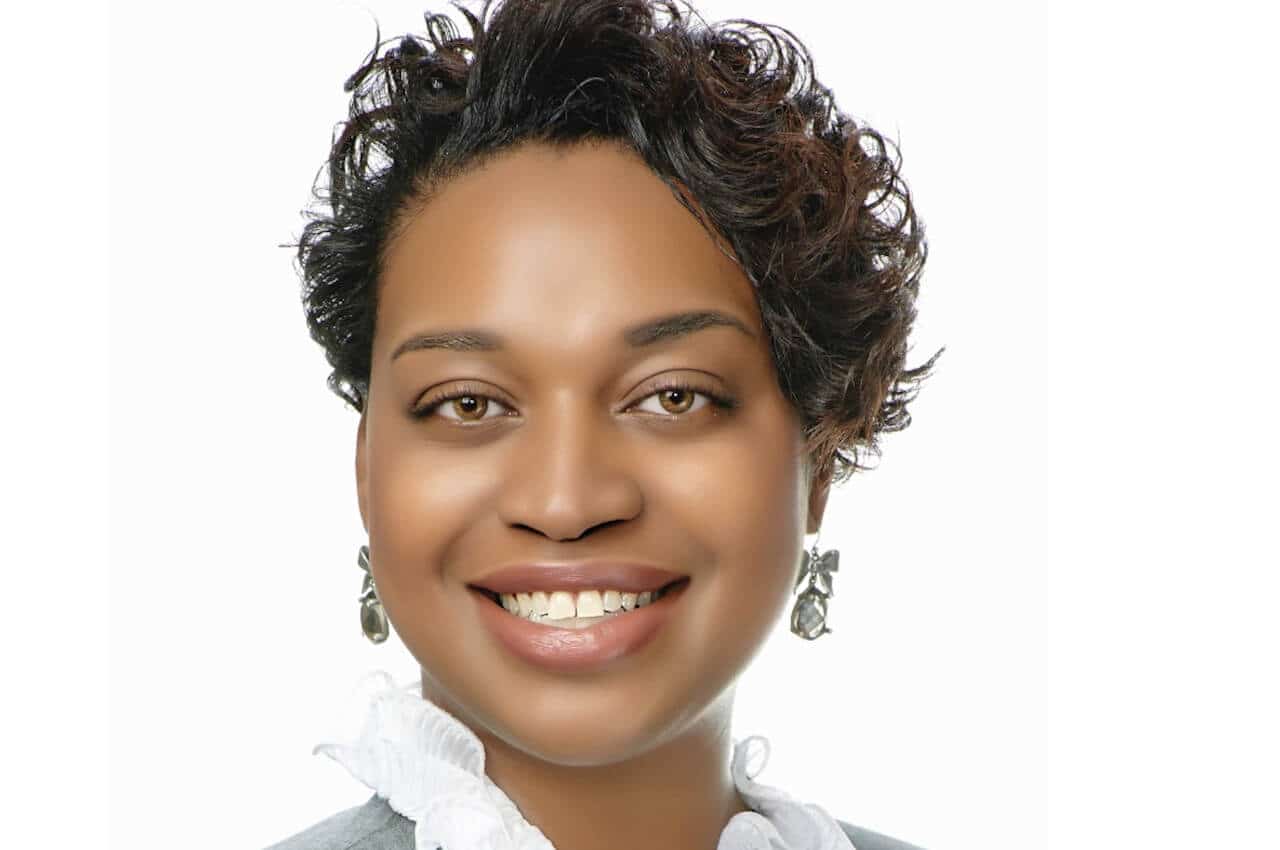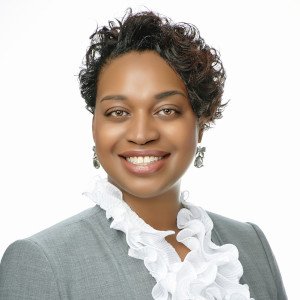Angela Johnson, Vice President of FM Service Development at Sodexo, discusses the FM gender gap and her work as a leader and mentor to get more women involved in the industry.
Despite a somewhat recent increase in awareness, large FM corporations have still struggled to close their existing gender gaps. In fact, women still only account for 34 percent of Sodexo’s senior executives and 43 percent of its managers. Progress has been made, but the battle continues.
Angela Johnson, Vice President of FM Service Development at Sodexo and Co-Chair of the Women in FM Taskforce, is eager to lead the charge. Johnson has long advocated for more women in facilities management and isn’t waiting around for someone else to do her bidding—she’s taking action today.
In a previous interview, you said that “facilities management is in dire need of more women, especially at the front lines.” Could you tell us what the driving force behind this statement was?
Johnson: I’m not on the front lines anymore, but I used to be when I first came into the industry. When I go visit different accounts now, you still don’t see a lot of women in those fields. The reason why I said there’s a “dire need” is because only about 10 percent of front line employees that you’ll see at any FM site are women, if that.
When you think about the different ways the feminine and masculine minds work, the way people handle situations is based on their perspective and how they navigate the world as a man or woman. The way you see a problem is different than the way someone else sees a problem. Having both sides of that perspective actually helps make your business a lot better. You’re not designing and operating for one group of people—you’re designing and operating for several groups of people.
I take it back to dating. As a female, you think about all the bad things that could potentially happen to you on a first date. In comparison, and generally speaking, a man just wants to take you out for a night on the town and be the best suitor that a woman can date. It’s a very archaic concept, but those are some general things you think about.
When you think about facilities management, you’re delivering maintenance to a group of people and you don’t always look at how it could affect a child, a man, or a woman. Having people able to pull from those different perspectives actually helps make the solution better holistically for a larger group of people, instead of a one-sided approach.

You brought up that only about 10 percent of front line employees in facilities management are women. What do you think are some of the contributing factors that have led to this low number?
Johnson: I think it’s the result of several different things. The first one being public school systems. About 15-20 years ago, you’d have what would be considered innovation and technology coursework. You could choose to take an elective in shop, electrical work, those types of things. With the public school system cutting budgets across every state, some of those programs are the first ones to go. You no longer have a shop class where you can learn how to operate a saw or learn how to do electrical work. You literally have to go to a journeyman school where you take up HVAC or electrical work. We’re not exposing our kids to those necessary technical skills anymore. I don’t know if that’s something that is global, but it’s definitely something that is happening in the US.
The second part is, when you look at facilities management, it’s not really touted as a career path. You don’t really go to college or university and say you want to major in facilities management. FMs just got their job code recognized by the Bureau of Labor Statistics in 2018. As a profession, facilities management has always been around, but some people just never knew what to call it.
The International Facility Management Association (IFMA) is one of the most pivotal organizations in getting facilities management recognized as a degree program. They’ve partnered with universities and colleges to create actual degree programs in facilities management and they target putting students into those programs so that our industry can have a better succession plan and greater pool of candidates that actually know what facilities management is.

What kind of personal experiences have you encountered in facilities management that have fueled your efforts to get more women involved in the industry?
Johnson: I went to school for industrial engineering and we probably had a smaller class than other engineering disciplines, but women were still outnumbered. Only about 25 percent of my graduating class was female. I went to work in manufacturing after graduating college where I became a manager. I was the only female manager in my department. I instantly ran into two major issues: ageism and sexism.
It’s interesting to me that I’ve always been in this type of environment because I played a brass instrument (not a typical female instrument), I played basketball (typically for boys), and I went into engineering where not a lot of women were engineers. I grew up in a strong male family where my father and uncles were military; and if they weren’t military, they owned their own businesses like grocery stores, beauty stores, mechanic shops, or farms. In my family, it didn’t matter if you were a girl or a boy, a girl still did everything the boys did. My cousins and I were raised as people of the world by our parents, you could say—we are all extremely well-rounded.
Being around few women in my career life wasn’t a problem I saw, until I came to Sodexo because I was so comfortable in an all-male environment that it didn’t bother me. It was Sodexo’s strong position on diversity and inclusion that made me begin to start asking questions. Why aren’t there more women here? What’s the problem? How can I help bring more women into the field? I began to understand why it’s a problem by some of the things I learned over time.

With that in mind, what was the inspiration behind getting involved with the Women in FM Taskforce, a group that focuses on women working in facilities management?
Johnson: I got involved with the Women in FM Taskforce and mentoring when I started going places to talk about what I do or what I’ve done. Parents would want me to talk to their daughters. I’d end up with informal mentees who’d tag me for different questions or information.
I noticed that I had a story to tell. It’s not a story that I thought was important or pivotal, but it’s a story that helps inspire young women go into this field. How did I get to travel to this country? How did I get to do this? How did I get to buy this? Sometimes, it’s the shiny stuff that attracts them at first. As I dove deeper and started talking to more women of all ages and career stages, there was always a strong interest in what I do and how I do it.
Now, with Sodexo, I’m the co-chair of the Women in FM Taskforce. We have monthly talks, which we call “coffee talks,” to highlight what we do and pieces of the business. We have an internal private Yammer group where we share different articles and scholarships that can help women. We support the SheWorks job shadowing initiative from an FM perspective. We make sure we get FMs to make themselves available for interested women to shadow in their field. We are launching a program called the Coaching Circle for women who are not at the executive level but have the desire to catapult their career to an executive level. We target things such as networking, resilience, and confidence to help women mentally get to the point where they can see themselves at a higher point in their career.

With so many FMs retiring or on the cusp of it right now, how important is it to get that awareness out there and really push for industry change with regard to the existing gender gap?
Johnson: When we think about the gender gap and people retiring, one concept that I don’t see being practiced enough in facilities management is knowledge management. That will be the thing to help save us. We don’t have a lot of successors or a strong succession pool for retirees. Most people think of knowledge management as a buzz term, but there’s actually a true science behind how to collect, house, and distribute information.
Even within Sodexo, I’ve taken on knowledge management to help some of our sites that are facing some of these challenges. While we’re waiting for people to come into the industry or waiting for more people to recognize facilities management, knowledge management is really what’s going to help us fill those gaps as people retire.
Follow Angela on LinkedIn to get her industry insights and find out more about how she is doing her part to close the existing FM gender gap.
What do you think companies can do to help close the existing FM gender gap? Join the conversation and leave us a comment below.
Photos: energepic, Rawpixel, Christina Morillo





